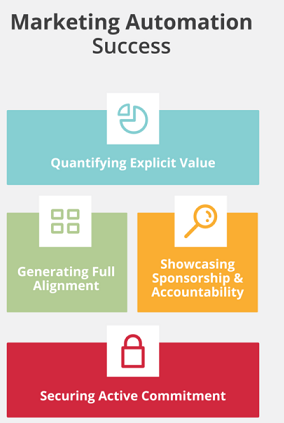You’ve got collected a tonne of information. You’ve further segmented it according to certain parameters and now possibly you have started concentrating on the right clients on all mediums. but wait, what are the steps involved in this process?
1. Are you manually including these contacts in your database?
2. Are you the usage of separate services to target them on more than one channel?
3. Are you the usage of multiple JavaScript to analyze and engage the user in your internet site?
4. Is your timing to reach out to those customers pre-planned? Does it depend on the recency or frequency of the contact connecting with you?
5. Do you want to base your communications on the users’ actions, however it takes days to analyze and understand customers’ actions by then, the consumer has already moved to a competitor?
If the answer to the above questions is “yes”, then you do not have a clear picture of how each of your customers performs on different channels like email, SMS, voice, push notifications, internet site, and app.
You want to start looking for an advertising and marketing Automation tool now!
So what are the features in a marketing Automation tool which you can not DO without?

1. Unified View of Dashboard & Contact Management:
A basic contact management function lets you add or remove contacts from the database, it might also help you create separate lists for separate audiences. However, try to search for a tool that also offers features like:
a) A unified view of a single contact: Where in you may check how the contact reacts to or performs on more than one channel, you could target them at the right channels and improve your ROI.
b) Anonymous user support with late binding: Several top-notch organizations have started using this feature helps you keep track of your anonymous customers, who perform activities for your internet site without logging in or signing up. It patches the historical information with the current information once the user has performed a transaction or registered with you, so all of the consumer’s past activities are identified and logged. today, when most customers are doubtful to sign up with a new website or product, this feature can be a boon.
c) Advanced segmentation on contacts: Brands need to be able to section contacts based on attributes, devices used, activity (opens/clicks), date the user was added within the list, and many others. advanced segmentation also allows multiple conditions to create a segment. For eg. “If the user was added in January 2016” AND “The consumer is from Mumbai (attribute)”.
2. A/B Split Test:
This is a have to have in any marketing automation tool as it optimizes the marketing campaign and helps choose the proper creative content or ‘call to action’ or ‘subject Line’.
3. Web Engagement:
It is very important to understand what your target audience is definitely looking for on your internet site. 75% of this understanding can be gained using an automation tool. web engagement features such as notification bars, splash screens with discount offer based on a movement on a relevant product web page, a discount offer performing just before the user tries to exit the browser, and so on. Make a lot of difference and can exchange the decision process of your goal user just earlier than they go offline.
4. Easy & Real-Time Workflow Creation with Nodal Reporting:
An automation tool should allow you to create simple as well as complex workflows. this option can deepen your understanding of your overall performance at each function or marketing campaign sent out. this may help you effectively identify loopholes.
5. Easy Integration APIs & Plugins:
And last but really not least, what good is a marketing automation system in case you are not able to integrate it with your CRM or your lead-generating website? A hassle-free integration and good support have its very own rewards.
Along with the above points, it’s important to have a very good consulting team which now not a lot of marketing automation companies provide these days.








